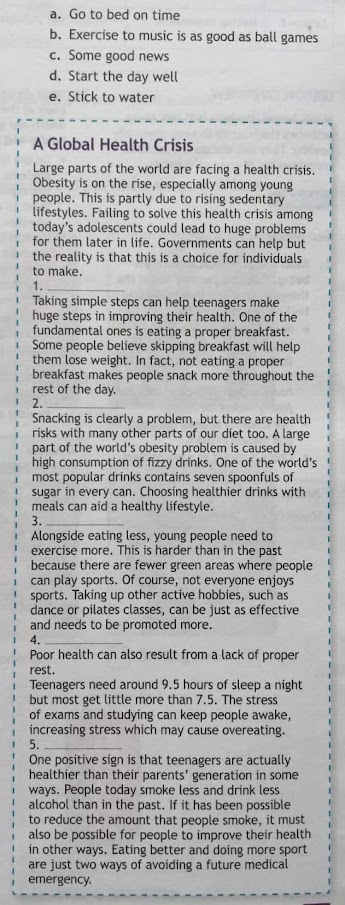Thursday November 12th Grade. 11.1
Note:
1. los talleres se desarrollan en cuaderno
La forma -ing
Un verbo terminado en "-ing" puede ser un "present participle" o un "gerund". Ambas formas tienen grafías idénticas, lo que las diferencia son sus funciones dentro de la oración.
Present participle
El "present participle" suele emplearse sobre todo como componente de la forma progresiva de un verbo, tras verbos de percepción y movimiento, o como adjetivo.
"Present participle" en la forma progresiva del verbo
El "present participle" es uno de los elementos que componen las formas progresivas ("continuous") de los verbos en inglés, ya sea en presente, pasado, futuro, condicional, etc. El verbo auxiliar es el que se conjuga para indicar el tiempo verbal, mientras que el "present participle" permanece invariable.
Ejemplos
- He is painting.
- She was waiting.
- They will be coming.
- We would be staying.
- I would have been leaving.
"Present participle" tras verbos de percepción
El "present participle" puede emplearse después de verbos que expresan percepción, siguiendo la construcción verbo + objeto + "present participle", para indicar la acción percibida.
Ejemplos
- We saw him swimming across the pond.
- I watched her painting Sarah's portrait.
- I couldn't hear her singing because of the noise.
- I would like to see you knitting sometime.
"Present participle" tras verbos de movimiento, acción o posición para indicar actividades paralelas.
Ejemplos
- She sat looking at the sea.
- He walks reading his newspaper.
- I cook listening to the radio.
- Sally lay listening to the bugs in the grass.
"Present participle" como adjetivo
Ejemplos
- Did you read that amazing book?
- This movie is so exciting!
- His economics class is boring.
Consulta más información sobre el uso del "present participle".
Gerund
El "gerund" inglés siempre tiene la misma función que un nombre, a pesar de parecer un verbo. Puede utilizarse del mismo modo que un sustantivo.
El "gerund" como sujeto de la oración
Ejemplos
- Eating people is wrong.
- Driving too fast is dangerous.
- Walking is good for you.
- Your knitting is beautiful.
El "gerund" después de preposición
Ejemplos
- Can you sneeze without opening your mouth?
- She is good at painting.
- I was the fastest at climbing the rope.
- He learns music by listening to the chords.
El "gerund" después de determinados verbos
Ejemplos
- I like cooking.
- He enjoys walking.
- They hate milking cows.
- I can imagine drifting away in a balloon.
El "gerund" en nombres compuestos
Ejemplos
- I took her to her driving lessons.
- We are going to the swimming pool.
- My uncle does a lot of bird-watching.
- I found this pie by dumpster-diving
- https://www.ef.com.co/recursos-aprender-ingles/gramatica-inglesa/forma-ing/










No hay comentarios.:
Publicar un comentario